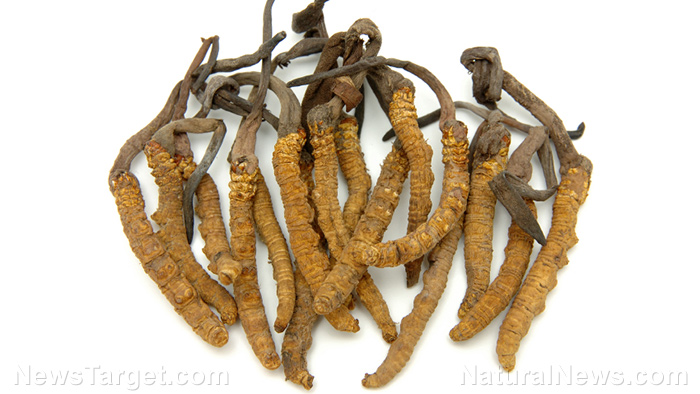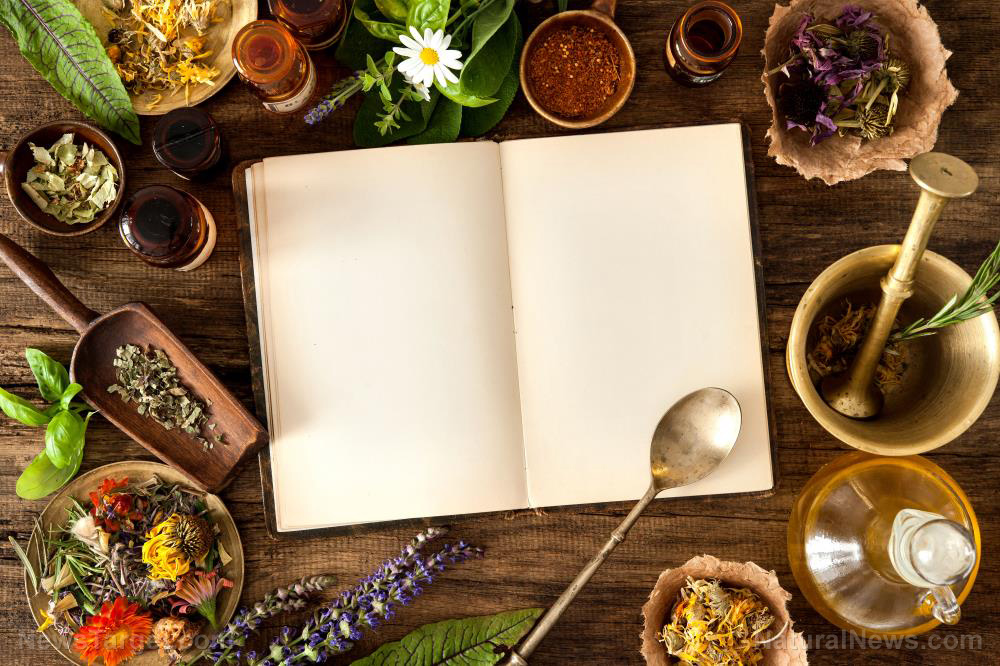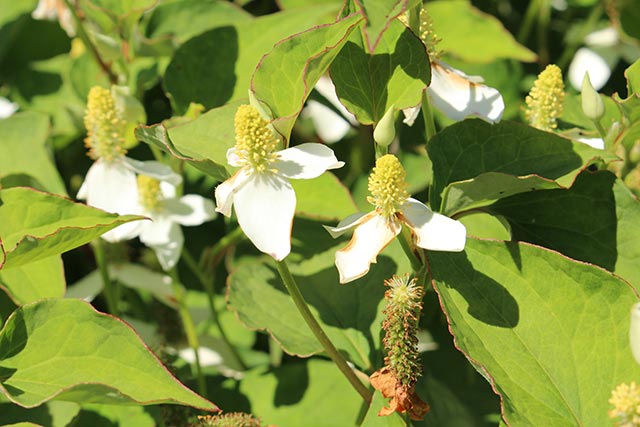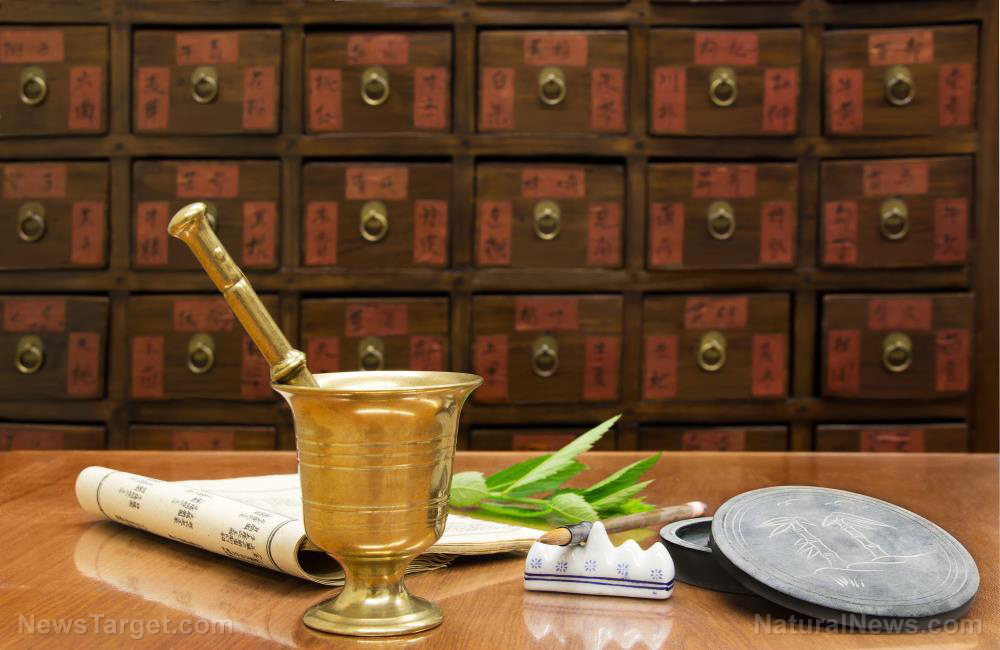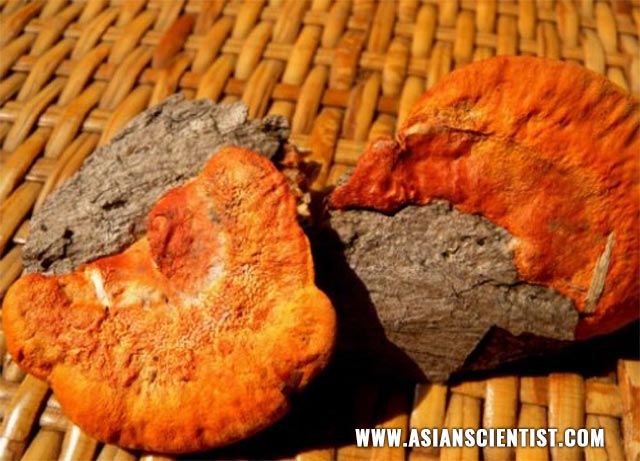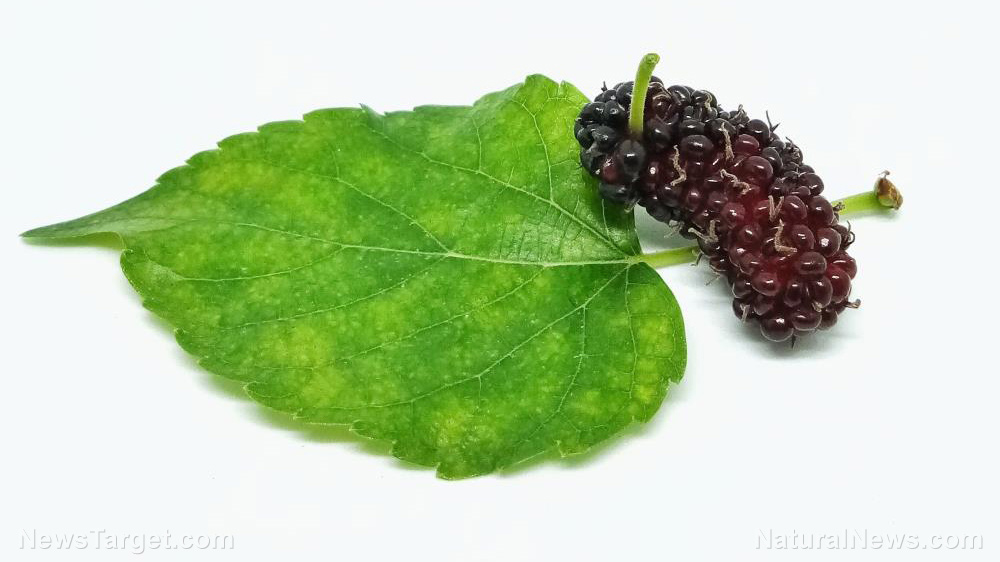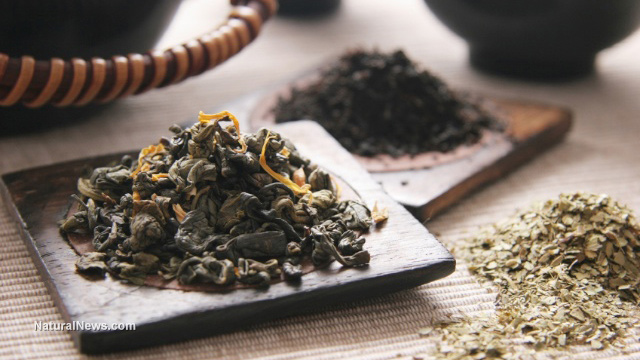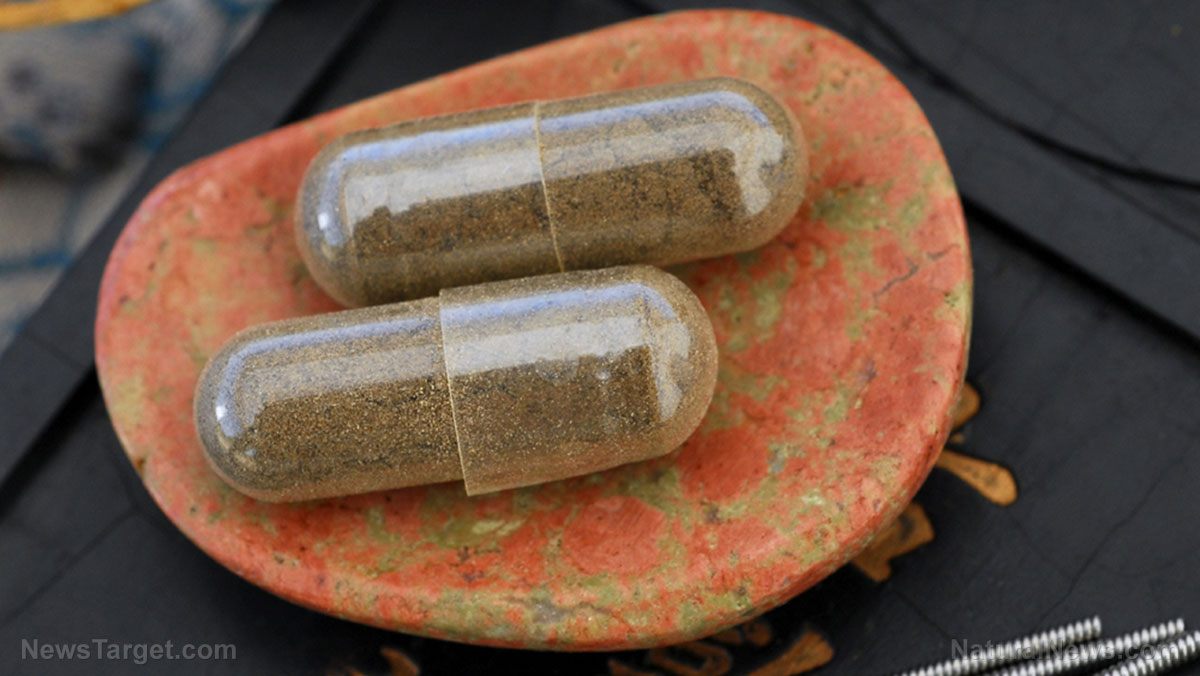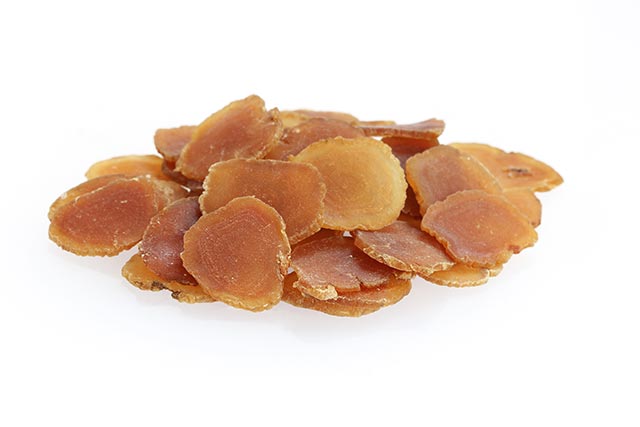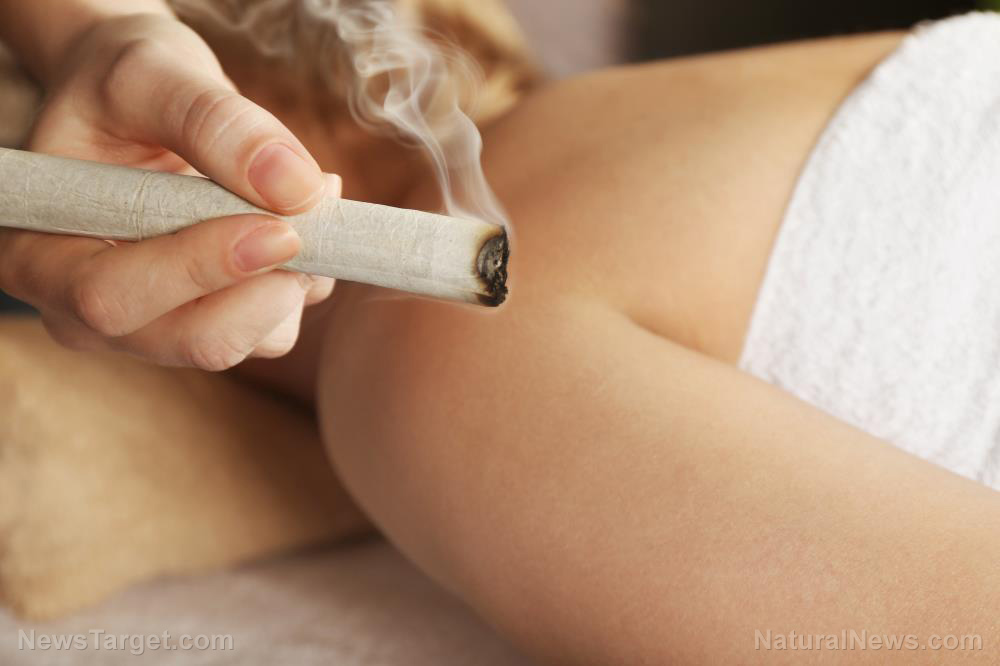Herbal remedies for improving dilation of blood vessels in the brain
09/16/2019 / By Evangelyn Rodriguez

Reversible cerebral vasoconstriction syndrome (RCVS) is a rare condition caused by the sudden tightening of blood vessels that supply oxygen to the brain. It is characterized by severe ‘thunderclap’ headaches – with or without neurological symptoms – and in some cases, occasional seizures. RCVS can also lead to ischemic or hemorrhagic stroke. Traditionally, two medicinal plants, namely, Ginkgo biloba and Sophora japonica, are used to treat cerebral vasoconstriction. In a recent study, researchers from Kagoshima University in Japan and Vietnam National University of Agriculture investigated the mechanisms behind the biological activity of both these plants to understand why they are used in traditional medicine to address RCVS. Their findings were published in The American Journal of Chinese Medicine.
G. biloba and S. japonica
Ginkgo biloba is a traditional Chinese medicine used by the ancient Chinese to treat the symptoms of asthma and improve cognitive function. They also believed that it has strengthening properties so it was used to increase sexual energy. Other health benefits associated with ginkgo biloba include the treatment of blood disorders and memory problems, improvement of eye health, and the enhancement of cardiovascular function. (Related: Herbal supplement ginkgo biloba found to prevent cell death in the brain, improve recovery from stroke.)
The ginkgo tree, also known as the maidenhair tree, is one of the oldest species of trees in the world. Extracts from this tree and its leaves are used to make tea. Ginkgo is said to contain high amounts of flavonoids and terpenoids, which are beneficial antioxidant compounds found mainly in plants. Today, ginkgo biloba extracts derived from its leaves can also be found in supplements that claim to improve blood circulation and brain function.
S. japonica, also known as the Japanese pagoda (huai hua in Chinese), is a tree native to eastern China and Japan. It is one of the fifty fundamental herbs used in traditional Chinese medicine. Like ginkgo biloba, S. japonica is used to improve blood circulation. It is also believed to promote healthy blood vessels and aid in the maintenance of overall cardiovascular health. S. japonica can be used to make herbal medicines for the treatment of hemorrhoids.
S. japonica flowers and buds are used to stop bleeding, while its fruits can be used to lower blood pressure and its root bark to treat sores. Its newborn shoots and seedlings can also be made into tea. S. japonica are rich in beneficial plant components, such as triterpenoids, flavonoids, betulin, sophoradiol, and tannins. The oil from its flower also contains fatty acids, such as lauric acid, stearic acid, palmitic acid, and beta-sitosterol. Troxerutin and oxymatrine – which both possess vasoprotective properties – are the two potent antioxidant flavonoids found in S. japonica.
G. biloba and S. japonica have antagonistic effects on cerebral vasoconstriction
For their study, the researchers evaluated the effects of Ginkgo biloba (GB) and Sophora japonica (SJ) on cerebral vasoconstriction in response to KCl, extracellular Ca2+, histamine, 5-hydroxytryptamine (5-HT), 9,11-dideoxy-9alpha,11alpha-methanoepoxy prostaglandin (PG) F2alpha (U46619), and bradykinin (BK). They used endothelial cells taken from isolated porcine basilar arteries for in vitro experiments and used leaf extracts from GB and flower bud extracts from SJ to treat the cells.
The researchers reported that neither SJ nor GB had any effect on contractions induced by KCl and extracellular Ca2+; SJ significantly inhibited the contraction induced by histamine, 5-HT, U46619, and BK. On the other hand, GB inhibited only histamine-induced contraction but did not have any effects on contractions induced by 5-HT, U46619, and BK.
When researchers introduced diphenhydramine (a H1 receptor antagonist), ketanserin (a 5-HT2 receptor antagonist), and ONO-3708 (a thromboxane (TX) A2/PG receptor antagonist), these antagonists negated the inhibitory effects of SJ and GB. SJ significantly inhibited the contractions induced by BK and PGF2alpha, except in the presence of ONO-3708 (10?5 Molar). BK enhanced the production of PGF2alpha from cultured PBA endothelium cells, but SJ significantly attenuated this enhancement.
Based on these findings, the researchers concluded that SJ and GB have an H1-antagonistic effect, with SJ also having the ability to attenuate cerebral vasoconstriction mediated via 5-HT2 and TXA2/PG receptors, which may be why SJ has been used traditionally as a therapeutic medication for cerebral vasospasm after cerebral hemorrhage.
Sources include:
Tagged Under: alternative medicine, antioxidants, blood circulation, blood vessels, brain health, cardiovascular health, cerebral hemorrhage, cognitive function, disease treatments, flavonoids, gingko, ginkgo biloba, herbal medicine, Herbs, Japanese pagoda tree, natural cures, natural medicine, prevention, remedies, research, Sophora japonica, TCM, traditional Chinese medicine
RECENT NEWS & ARTICLES
COPYRIGHT © 2017 CHINESE MEDICINE NEWS



